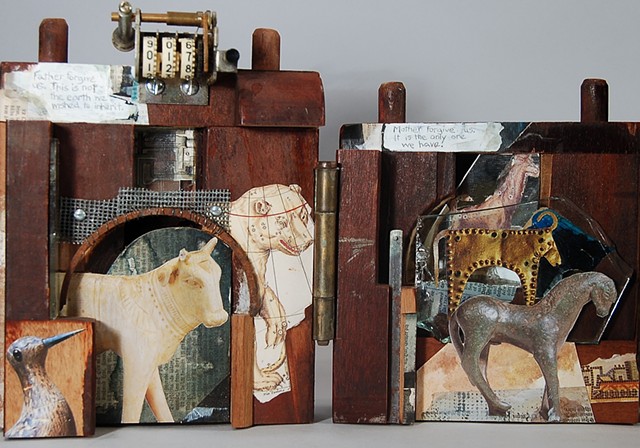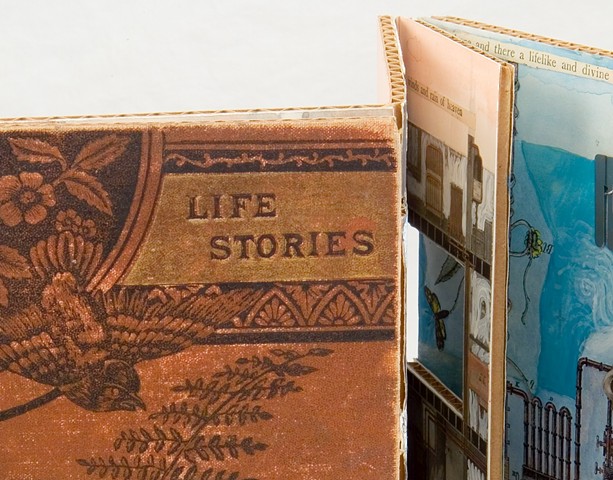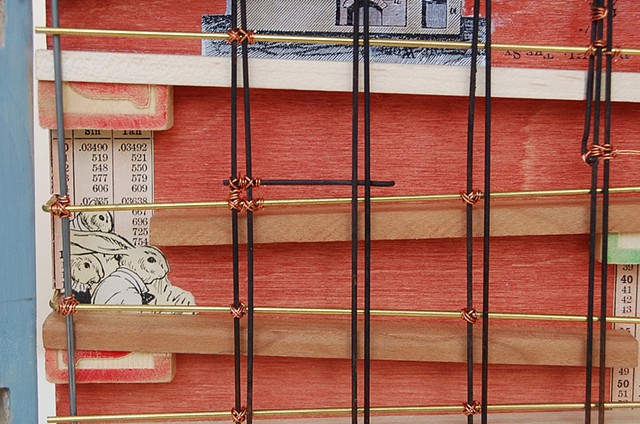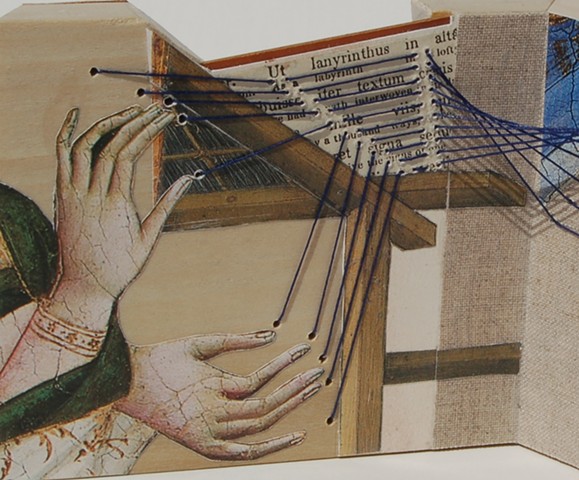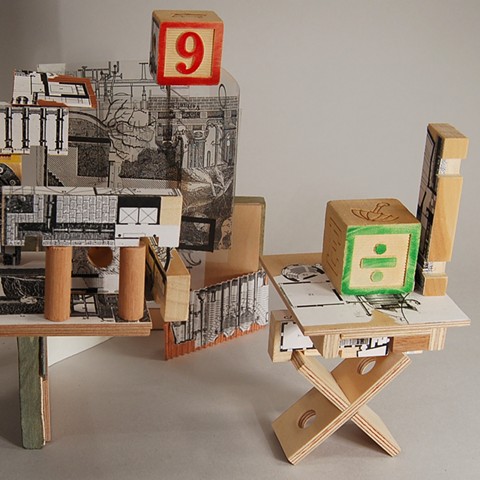Art
I’m often told my books are “architectural.” I suspect people mean this any number of ways, and are responding to their materials, form, and imagery, as well as knowledge of who made them.
Perhaps the most important thing I learned in architecture school was the habit of thinking about buildings as a series of spaces one moves through. Expansion and contraction, variety and repetition, open-endedness and closure: all these abstractions that lend form and order to a design are ultimately felt on a visceral level. In the end, what matters is movement, memory, and perception.
Having learned to visualize the paths through a building in this way, it’s natural to interpret other experiences in a similar fashion: to read a city, canyon, poem, garden, or book as a fluid series of spaces. Most often, my books unfold like the rooms of a cryptic, unfinished house. I begin each one unsure of where it will take me or what it will contain.
